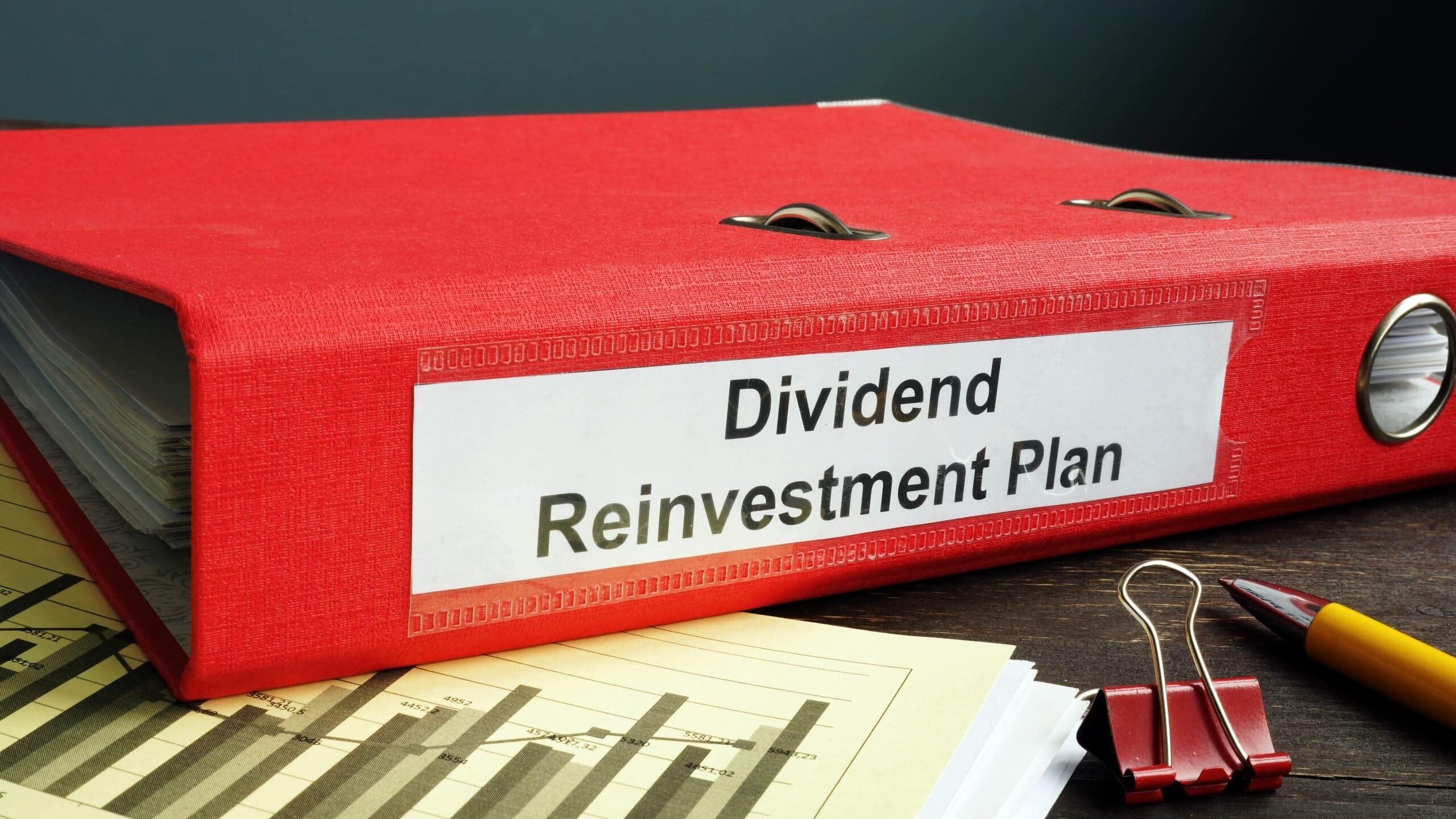When it comes to building a robust financial portfolio, US dividend reinvestment strategies can be immensely beneficial. By choosing to reinvest returns, investors often find themselves in a more favorable position to grow their wealth over time. In this article, we’ll explore different ways to harness these strategies to maximize your financial gains.
Understanding the Basics of Reinvesting Payments

Before diving deep into the strategies, it is vital to grasp the fundamental concept of reinvesting your dividends. Essentially, this involves using the dividends earned from stocks to purchase additional shares, instead of pocketing the payout. This process can exponentially increase your shareholding over time, driven primarily by the power of compound interest.
Not only does reinvesting your dividends amplify your earnings, but it also leads to significant portfolio growth as the value of your investments keeps on compounding. This approach is particularly advantageous in a long-term investment horizon. For those who favor capital appreciation and steady income, reinvesting your returns could be a game-changer. Now, let’s delve into specific ways to use these strategies effectively.
Automating Your Investment Plan
One of the most efficient ways to reinvest your earnings is leveraging automatic investment plans. Many brokerages offer Dividend Reinvestment Plans (DRIPs) that reinvest your payouts automatically into additional shares.
These plans often come with the added benefit of reduced commissions or, in some cases, zero commissions. This can be an excellent way to ensure that every penny of your dividends is used to grow your portfolio without attracting additional costs.
By setting up a DRIP, you can also bypass market timing concerns since your reinvestment happens immediately upon payout. This removes the emotional component from investment decisions, leading to more disciplined investing.
The Role of Low-Cost Index Funds
Another effective strategy involves directing your reinvestment into low-cost index funds. These funds offer broad market exposure and have lower management fees compared to actively managed funds.
By reinvesting your dividends into index funds, you get to harness the benefits of diversification, which can reduce the overall risk associated with your portfolio. Index funds are generally more stable and follow the market trends, making them an ideal choice for passive investors.
Over the long term, the combination of dividend reinvestment and low operational costs can result in substantial portfolio appreciation. The steady accumulation of additional shares can lead to exponential growth, capitalizing on market uptrends.
Maximizing Returns through Tactical Asset Allocation
Strategic asset allocation is another approach that can optimize the benefits of reinvested dividends. This method involves diversifying your investments across various asset classes, such as stocks, bonds, and real estate, to optimize returns and minimize risks.
Proper allocation can significantly enhance the rate of return on your portfolio while reducing volatility. By directing your dividends into underperforming or undervalued sectors, you can capitalize on potential growth opportunities.
Adjusting your asset allocation periodically in response to market conditions ensures that you remain on track to achieve your financial goals. This balanced approach can make a big difference in how your investments perform over time.
Dividend-Growth Stocks
Investing in dividend-growth stocks is another tangible way to benefit from reinvested dividends. Companies that consistently increase their dividends indicate strong financial health and a commitment to returning value to shareholders.
By reinvesting your dividends back into such companies, you get the dual advantage of capital appreciation and increasing dividend payouts over time. This creates a virtuous cycle of growth and income, further compounding your returns.
Dividend-growth stocks can be a valuable addition to your portfolio, particularly if you are looking for a blend of stability and growth. Prioritize researching companies with a strong track record of dividend growth for the best results.
Tax-Efficient Strategies
Finally, it is essential to consider the tax implications of your dividend reinvestment strategy. Navigating tax-efficient methods can help you retain more of your earnings and maximize your returns.
For instance, holding your dividend-paying investments in tax-advantaged accounts like Roth IRAs can shield your reinvested dividends from immediate taxation. This allows your investments to grow uninterrupted by taxes.
Additionally, consider the benefits of qualified dividends, which are taxed at a lower rate compared to ordinary income. By focusing on tax-efficient strategies, you can significantly boost your net returns and enhance your overall portfolio performance.

